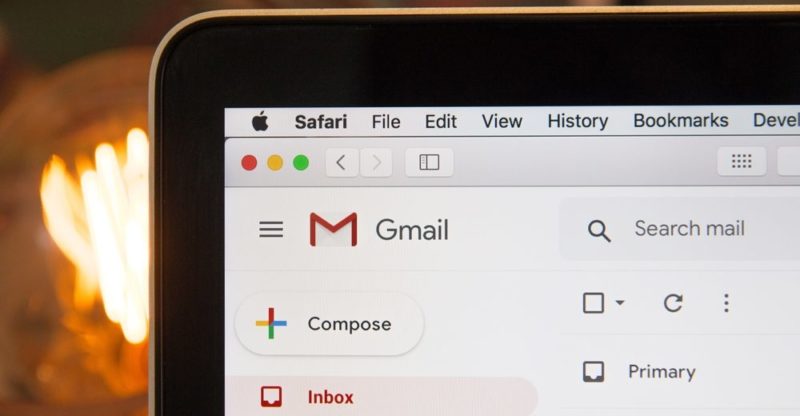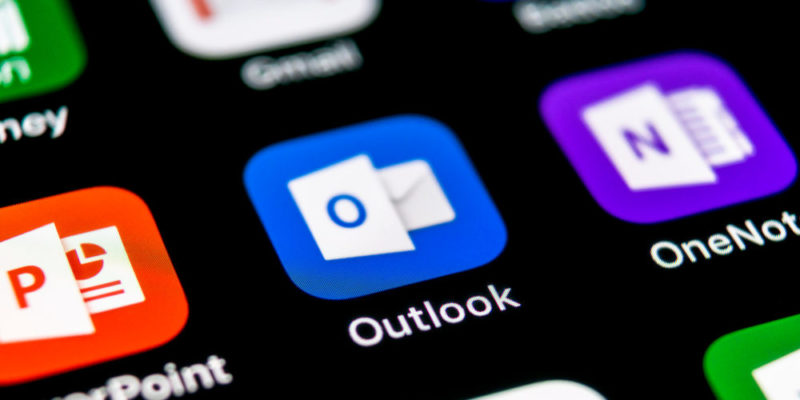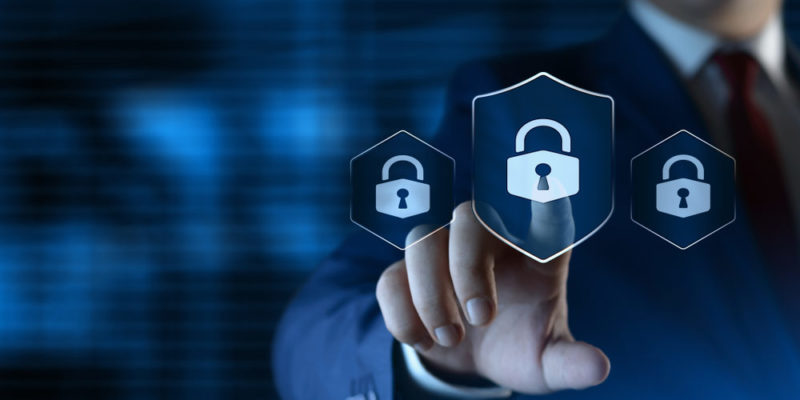We explain what email is, how it works and what its advantages are. In addition, its characteristics and parts that compose it.
What is email?
E-mail or electronic mail is a means of written communication through a device connected to the Internet , and that, in a similar way to the letters and postcards of yesteryear, allows the deferred sending of a text between two or more interlocutors.
E-mail was the standard form of communication among Internet users , especially in terms of the transmission of information (attached files), at least until the appearance of instant messaging and telecommunications 2.0, which relegated it to more of a work or corporate environment.
Currently , an estimated 144 billion emails are sent daily around the world.
Origin of the email
Although it became overcrowded with the arrival of the Internet , email is prior to it. It was used for the first time free of charge in 1971 , although since 1965 there was the possibility of electronically sending data between one computer and another using a local network.
It is estimated that in 1977 it was already the standard information exchange mechanism worldwide in certain communities.
How e-mail works

The operation is simple: user A writes a letter to user B in which he tells him something he wants to share, and incidentally includes some pertinent photographs that he hosts on his computer. User B receives the letter and downloads the photos to his own computer, where he can see them as many times as he wants. You can then write a letter in response to User A, returning your impressions and, if you wish, any accompanying material that you consider. This process can be repeated as many times as you wish.
Advantages of email
The advantages of email over other written communication formats are several:
- Speed. The transmission of the data is almost immediate and the risk of loss of information along the way is minimal.
- Security. Although it is a debated subject (that of privacy on the Internet), it is often believed that email providers use powerful defense mechanisms to shield their users' data from potential information thieves.
- Attachment data. Although there are limits to the size of the attachments that can be incorporated into an email message, they are usually generous enough to send most of the personal documents that you want to share. For bulky data packages there are other digital options.
- Versatility. An email box can be used in the way its user wishes, within a certain framework of legal and procedural regulations, of course.
- Low cost. Today almost all email services are free.
- Ecological. By not using real paper, it also does not produce waste.
- Global. It can be consulted anywhere on the globe.
Disadvantages of email

The disadvantages of email compared to other messaging mechanisms are:
- It is not interactive. Unlike chats or instant messaging services, emails must be read in turns, in a dialogue of mutual responses that does not occur in real time.
- It is vulnerable. Hackers and computer viruses have e-mail as one of the privileged ways of transmitting on the network, for which they use numerous booby-traps and forms of deception to try to access the information of the careless user.
- Requires Internet. In conditions of poor connectivity or countries with low Internet penetration, email is simply not an option.
- Requires a device. In order to access e-mail, you must have a computer, smartphone or tablet.
Parts of email
The common parts of an email are:
- Inbox. Where the messages received by the user rest, in chronological or personalized order.
- Outbox. Where the messages sent to the different possible recipients can be reviewed.
- Spam Spam is called by this name, usually with deceptive advertising or promotions, which usually leaks from the “legal” content of the mailbox.
- Addressee. The person to whom an email will be written.
- Matter. A brief description of the content of the message, which the recipient can see without having to "open" it, that is, from their inbox in general.
- Message body. The message in question that you want to convey.
- Attached files. Those additional data that you want to transmit along with the message.
- CC / Bcc. Acronyms for Carbon Copy and Hidden Carbon Copy , they give the sender of the mail the possibility of sending an identical copy to a third user who is not the direct recipient of the message (cc), and also the option to do so without the recipient. know (bcc).
- Description . A field of the received or sent mail where the data of the same are specified: its recipient, its subject, its date and time of dispatch, as well as other technical data that could be of interest.
Email addresses

Just as postal mail uses postal addresses to send a letter to a friend in another city , electronic mail uses electronic “addresses”, which are nothing more than an identifying name of the user , accompanied by an at sign (@) and the name of the company that offers said user its messaging service. Thus: LuisMiguelPereira@hotmail.com.
In this case, the user's address contains his "name" (it does not necessarily have to be real or consistent), then an at sign and then the name of Hotmail, the company that provides mail services.
Email requirements

There are thousands of these and they are usually all free, so you just have to fill out a subscription and choose a valid email address (not used by another user or does not contain garbled characters). Then a password will be chosen and a personal mailbox can be created.
However, since 2014 the companies that provide this service require from their users a minimum of official information , such as a verifiable phone number.
Most popular mail services
The main email companies in the world are three:
- Outlook (formerly Hotmail)
- Gmail
- Yahoo!
Email confidentiality

Many mail service companies are in the uncomfortable position of deciding between violating the confidentiality of their customers' information, often requested by governments or by various forms of investigation , or denying key information for various social and political scenarios that it might have. dangerous consequences.
Email customization
Email services provide users with various levels of organization of their mailboxes , with labeling, folder classification, custom signatures, and even autoresponder options.
The above content published at Collaborative Research Group is for informational and educational purposes only and has been developed by referring reliable sources and recommendations from experts. We do not have any contact with official entities nor do we intend to replace the information that they emit.
Veronica is a culture reporter at Collaborative Research Group, where she writes about food, fitness, weird stuff on the internet, and, well, just about anything else. She has also covered technology news and has a penchant for smartphone stories. .
Leave a reply
Your email address will not be published. Required fields are marked *Recent post

Sport: What Is It, Types, Risks, Features, Characteristics and Examples

Dogs: Emergence, Features, Characteristics, Feeding and Breeds

Story: Definition, Elements, Structure, Features and Characteristics

